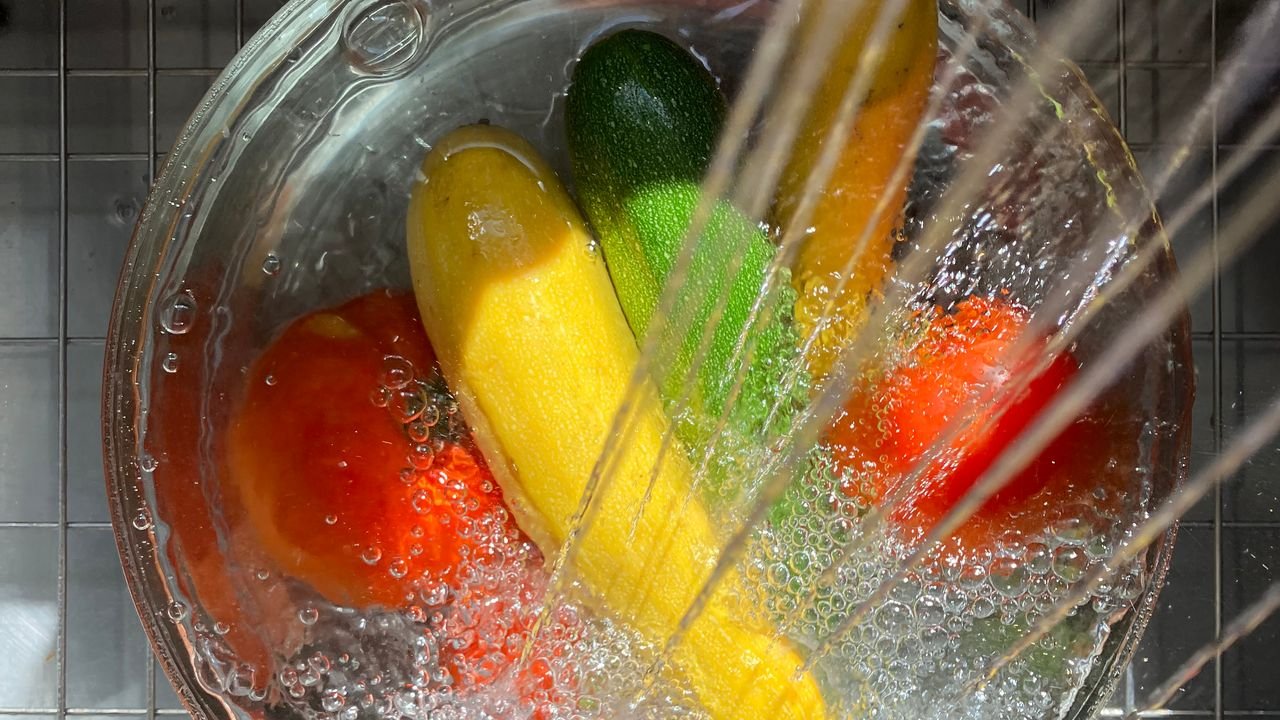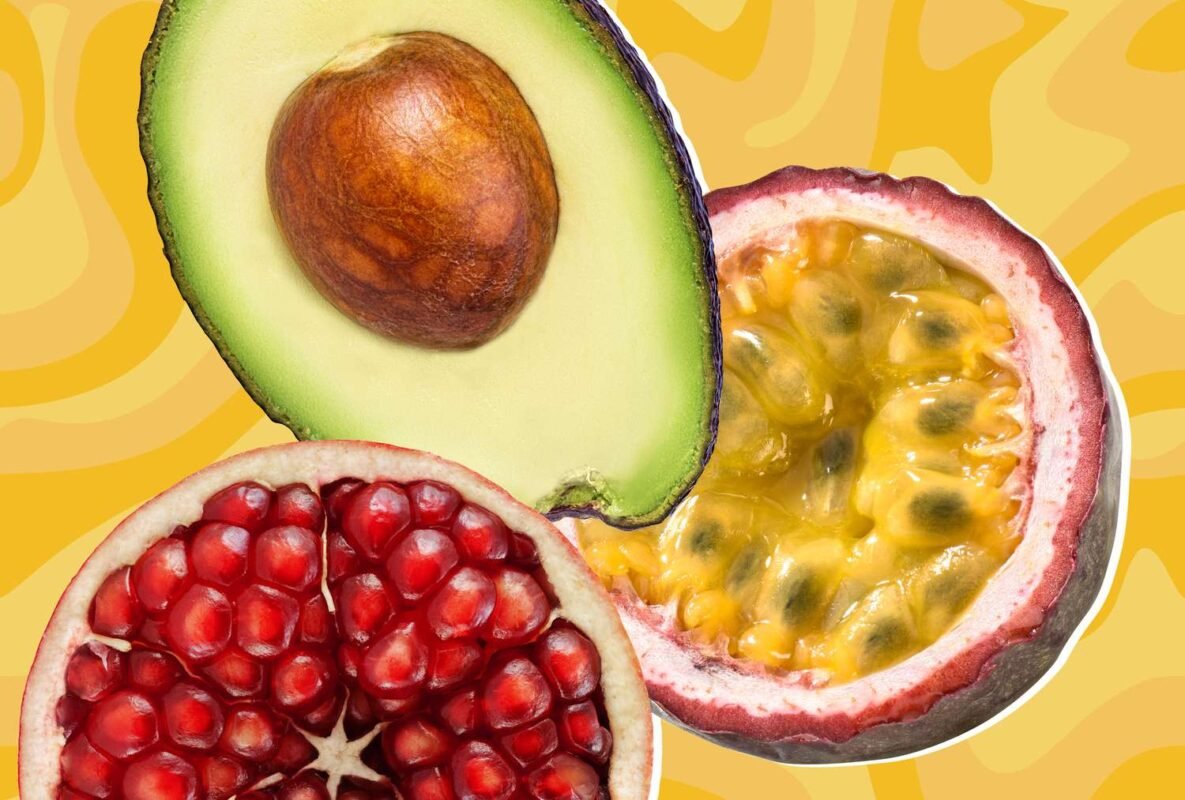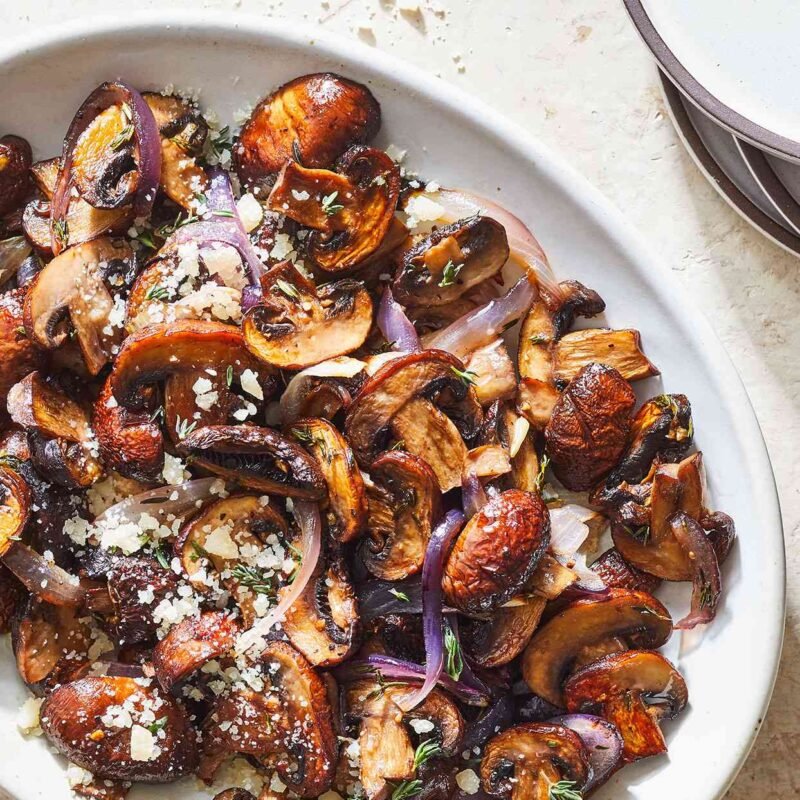Events
How to Wash Fruits and Vegetables

Microbial contaminants like E. coli, Salmonella, and Listeria are much more difficult to eradicate than dirt and bugs because contaminated produce can contain millions of microbial cells. In some cases, scrubbing and rinsing produce with tap water can wash away up to 99% of bacteria. But that 1% still has the potential to make you sick.
Produce washes aren’t the answer here—they aren’t intended to eliminate microbes. Unfortunately, the caliber of microbial sanitizers guaranteed to be more effective than tap water must be deployed in strictly controlled doses and monitored with frequent testing to avoid leaving dangerous by-products on your food. Emerging technologies like irradiation, pulsed electric fields, or ultrasonic disruption might eventually offer nonchemical alternatives to sanitizers. Still, these techniques require expensive equipment unlikely to become available for home use.
Here’s the uncomfortable truth about microbial contamination on produce: There’s only so much you can control as a home cook or even pro chef. Most of the responsibility for eliminating microbial danger from raw produce rests with the commercial food system’s growers, processors, and distributors. That said, washing produce is still important in lowering microbial risk. Food safety experts typically recommend a thorough wash with tap water, followed by cleaning washing surfaces, cutting boards, and vegetable brushes with soap and water to help reduce cross-contamination. If you’re especially concerned about microbial contamination for health reasons, consider blanching, roasting, grilling, or using other high-heat cooking methods to pasteurize produce rather than eating it raw.
If you’re concerned about pesticides, take comfort that they often run only skin-deep. While some pesticide residues can penetrate the flesh of produce, many are fat soluble and remain primarily concentrated on the surface. Unlike microbes, which are alive and able to recolonize any newly exposed surface as soon as your knife pierces the skin of a fruit or vegetable, pesticide residues can often be removed by peeling.
The time-tested standard for anything without peelable skin is a vigorous scrub with cool water. As with eliminating physical debris, pretreatments (like produce washes, baking soda, or vinegar) may indirectly improve your chances of removing pesticides by disrupting the waxy surfaces they cling to. However, the data supporting these methods as a significant improvement over plain water is shaky. You can also limit the initial load of potential pesticide residues on your produce by understanding which fruits and vegetables tend to retain the highest pesticide concentrations. You can seek out certified organic produce, which must rely on a narrower set of approved pesticides than conventional versions.
What about prewashed produce?
Produce labeled “ready to eat” or similar has already gone through extensive washing and packaging to prevent recontamination before it reaches you. While you can wash prewashed produce, you might consider skipping it, at the risk of doing additional flavor or textural damage.
There is no single silver bullet guaranteed to remove all risk of contamination on fresh produce, so if you have a health condition that is particularly susceptible to food-borne illness or pesticide residues, a multipronged approach is your best bet. Sourcing produce mindfully, combined with vigorous washing, peeling, and, in some circumstances, cooking, gives you multiple shots at significantly reducing the concentration of contaminants on your food.
Whatever your method, worrying about the potential contamination on fresh fruits and vegetables shouldn’t outweigh the essential nutrients and the flavor bliss we get from eating a handful of juicy raspberries. For most situations: simply wash, dry, eat something delicious, repeat.
One more thing you probably need to clean:




